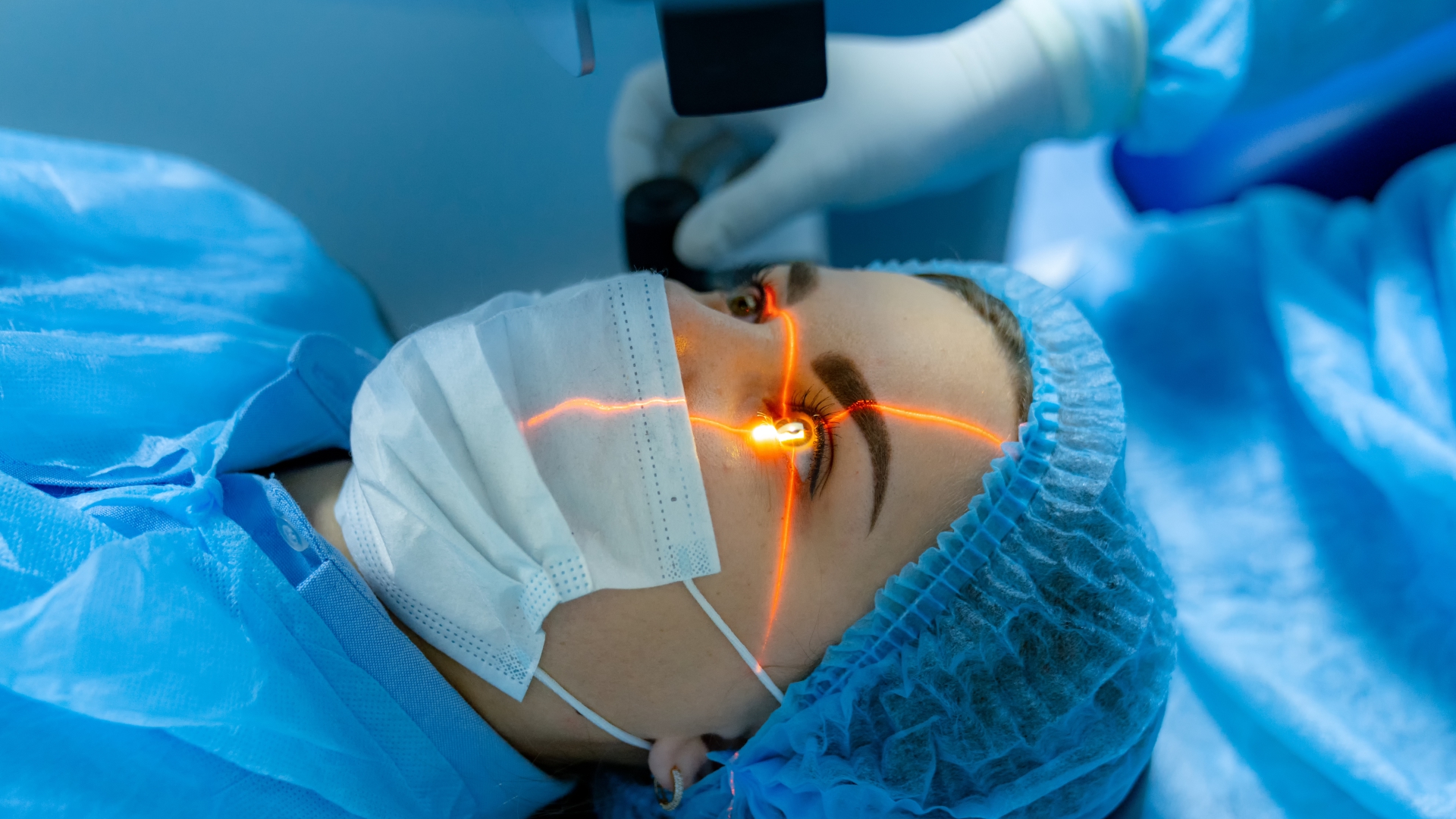
Innovative Technologies Revolutionizing Cataract Treatment
Cataracts, once a leading cause of blindness, are now being treated with unprecedented precision and efficacy thanks to revolutionary technological advancements. These breakthroughs have transformed cataract treatment from a complex surgical procedure into a streamlined and patient-friendly experience. Let’s delve into the innovative technologies that are reshaping the landscape of cataract treatment.
1. Femtosecond Laser Technology:
Traditionally, cataract treatment involves manually creating incisions in the eye using a blade. However, femtosecond laser technology has revolutionized this process by offering precise, bladeless incisions. This technology enables surgeons to create precise corneal incisions, capsulotomies, and fragment cataracts with remarkable accuracy. By automating key steps of the surgery, femtosecond lasers enhance safety and predictability while reducing surgical time and post-operative complications.
2. Advanced Intraocular Lenses (IOLs):
In the past, cataract patients had limited options for intraocular lenses (IOLs), often resulting in compromised vision quality post-surgery. However, the advent of advanced IOLs has transformed cataract treatment outcomes. Multifocal and accommodating IOLs now offer patients the opportunity to achieve clear vision at multiple distances, reducing or eliminating the need for glasses or contact lenses. Additionally, toric IOLs correct astigmatism, further enhancing visual acuity and overall satisfaction among patients.

3. Artificial Intelligence (AI) Assisted Surgery:
Artificial intelligence is revolutionizing cataract surgery by providing real-time assistance to surgeons. AI algorithms analyze pre-operative data, such as corneal topography and biometry measurements, to optimize surgical planning and predict postoperative outcomes. During surgery, AI systems provide feedback to surgeons, enhancing precision and reducing the risk of complications. By harnessing the power of AI, cataract surgery is becoming increasingly personalized, efficient, and safe.
4. Ocular Coherence Tomography (OCT) Imaging:
OCT imaging has emerged as a valuable tool in cataract surgery, offering high-resolution, cross-sectional images of the eye’s structures. This technology allows surgeons to visualize the anterior segment of the eye with exceptional detail, aiding in pre-operative planning and intraoperative decision-making. By providing real-time feedback on tissue morphology and surgical outcomes, OCT imaging improves surgical precision and enhances patient outcomes.
5. Nanotechnology in Drug Delivery:
Nanotechnology is poised to revolutionize cataract treatment by enhancing drug delivery to the eye. Nanoparticle-based drug delivery systems enable targeted and sustained release of therapeutic agents, such as anti-inflammatory or anti-fibrotic drugs, directly to the lens capsule. By mitigating inflammation and fibrosis, these nanotechnology-based therapies promote faster recovery and better visual outcomes following cataract surgery.
The convergence of innovative technologies is transforming the landscape of cataract treatment, offering patients safer procedures, better visual outcomes, and enhanced quality of life. From femtosecond laser technology and advanced IOLs to AI-assisted surgery and nanotechnology-based drug delivery, these breakthroughs represent the pinnacle of modern ophthalmology.



